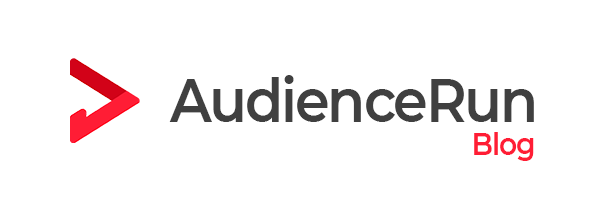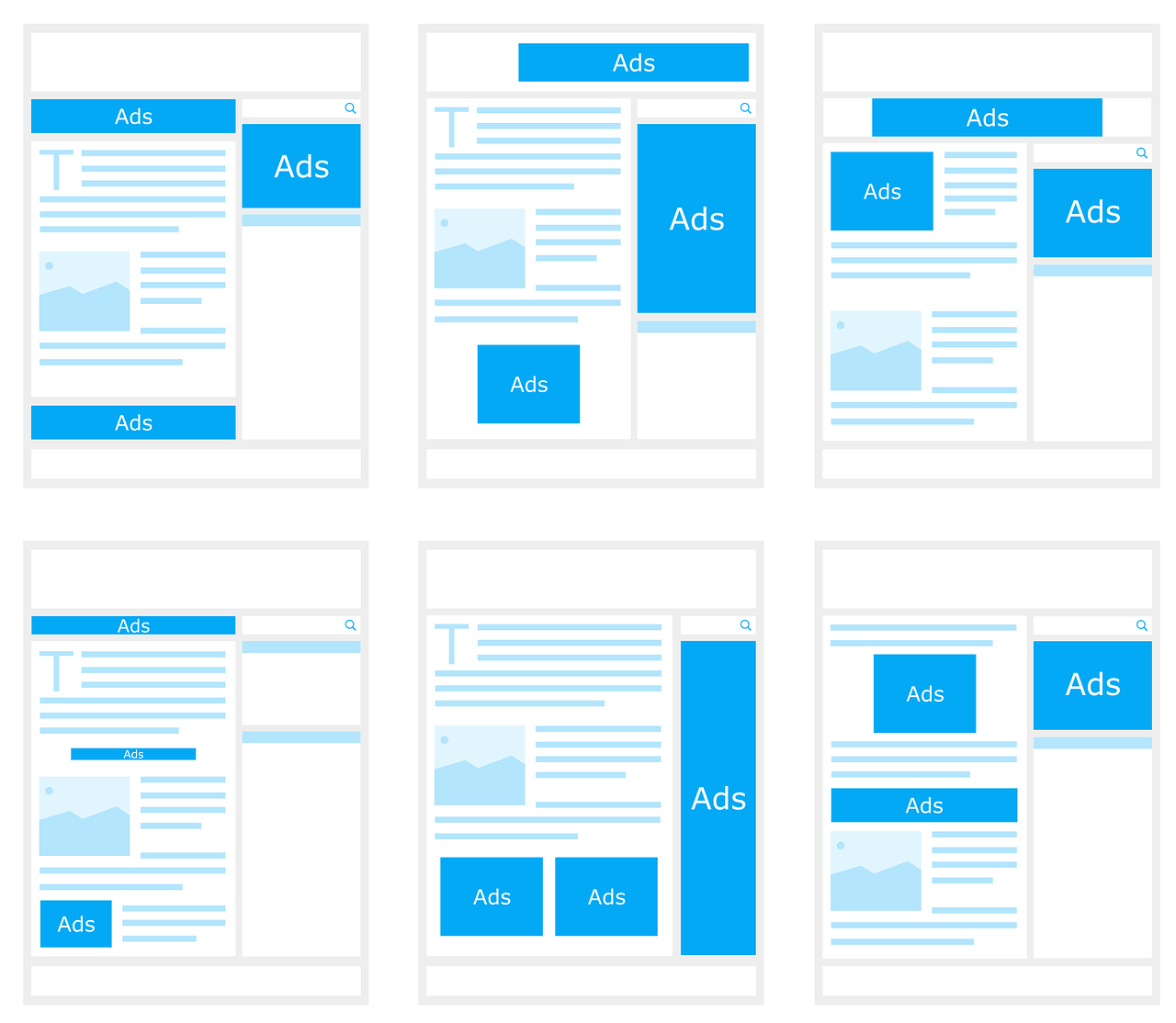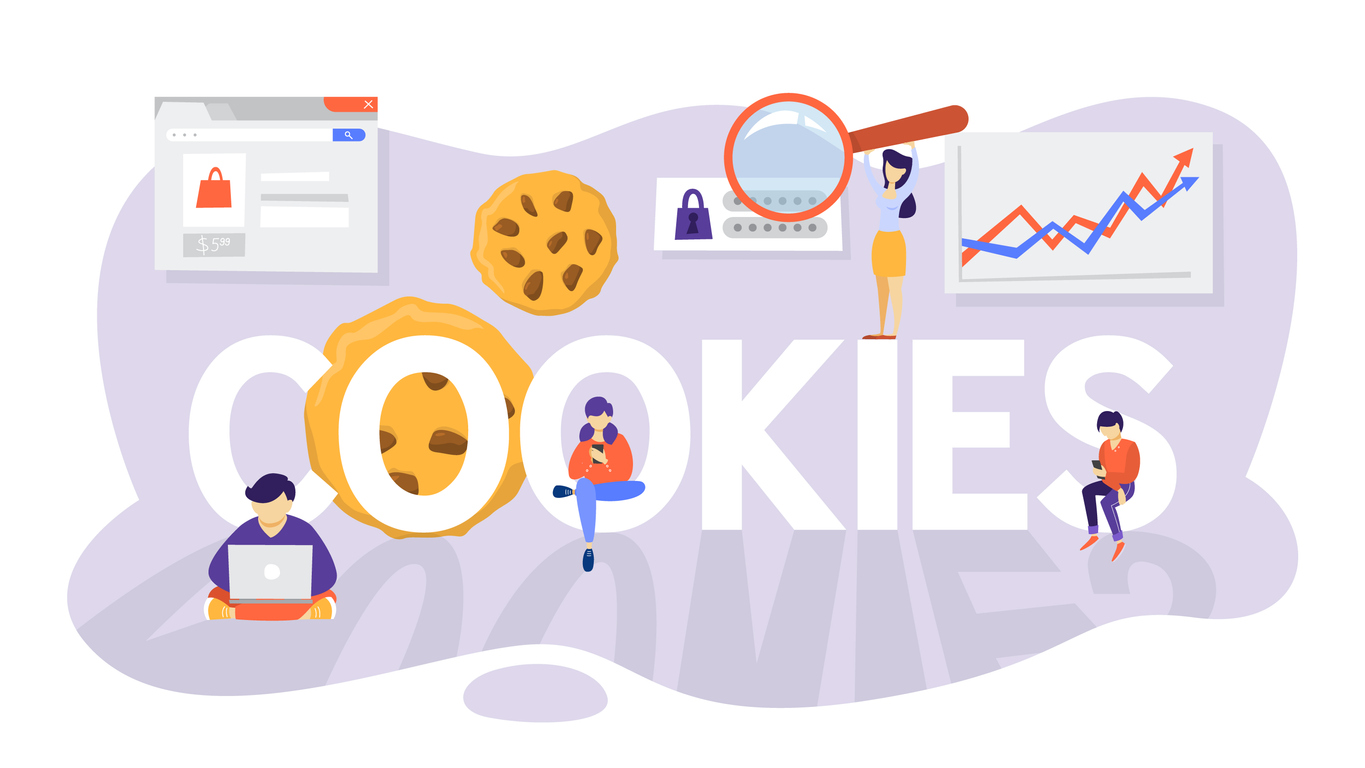Demand-side platforms (DSPs) are an essential tool for digital advertisers and agencies. DSPs first emerged in the late 2000s when real-time bidding (RTB) began to take off, with MediaMath and Rocket Fuel being among the first DSPs on the market. Nowadays, there are hundreds of DSPs available, providing advertisers and agencies with access to all types of inventories across different channels. DSPs are platforms that allow advertisers and agencies to buy ad inventory programmatically. They connect to various supply-side platforms (SSPs) and ad exchanges, providing access to a wide range of inventory, including display, native, video, and in-app mobile ads. Advertisers and agencies can then use a DSP to purchase this inventory in real-time through an auction process, which enables them to reach their target audience more effectively and efficiently. One of the key advantages of using a DSP is the ability to target specific audiences. DSPs allow advertisers to…
Digital ad marketplace EMX (ENGINE Media Exchange) and its New York-based parent company Big Village have filed for Chapter 11 bankruptcy. The bankruptcy filing is a significant setback for the companies, which had hoped to establish themselves as major players in the digital advertising industry. According to a source familiar with the matter, who wished to remain anonymous, EMX has ceased most of its operations and nearly all employees have been laid off, with the exception of a small team. It is unclear whether the company will continue operations in any form while it goes through bankruptcy proceedings. The news is the latest in a series of setbacks for the company, which has reportedly failed to pay its publishing partners, with as many as 50% of publishers cutting ties with its platform last month for non-payment. It is uncertain which of the Big Village companies owned the debt that resulted…
Ad Exchanges are digital marketplaces that bring together publishers, advertisers and ad tech agencies to sell and buy ad inventory. This large inventory, which includes display, video, mobile and in-app impressions, is offered to buyers such as DSPs, advertisers and even ad networks. Publishers hope to increase profits from their inventory by accessing global demand through Ad Exchanges while having complete control over the inventory, including setting floor prices, adding or blocking demand, targeting criteria and more. Publishers can contact the Ad Exchanges directly, but the high traffic and revenue requirements make it difficult for small and mid-sized publishers to participate. In such cases, SSPs and ad networks help access the Ad Exchanges. Ad Exchanges play an important role in the digital advertising landscape, providing an efficient solution for publishers and advertisers to buy and sell ad inventory. However, despite their widespread use, there is still a lot of confusion…
Monetizing a website can be a great way to generate revenue and turn a hobby or passion into a business. There are a variety of ways to monetize a website, including advertising, affiliate marketing, sponsored content, and e-commerce. To monetize a website effectively, it’s important to understand your audience and the types of products or services they are interested in. Advertising is one of the most popular ways to monetize a website. It can come in a variety of forms, including display ads, video ads, and sponsored posts. Advertising can be a great way to generate revenue for website owners, but it’s important to understand the target audience and the types of products or services they are interested in. One of the most common forms of advertising is display advertising. These are images or text placed on a website, usually in the form of banners or boxes. These ads can…
Banner advertising is one of the most popular forms of digital advertising and is a great way to reach a wide audience. The size of the banner ad plays an important role in the effectiveness of the ad, as it can impact visibility and click-through rate. Here are the top used banner sizes: 300×250 pixels: This banner size is known as a “medium rectangle” and is a popular choice for displaying a variety of content, including text, images, and videos. It is typically placed in the middle of a webpage, in between content, and can also be used in the sidebar. It is a great size for displaying a more detailed message or a product that has more than one feature to be highlighted. 120×600 pixels: This banner size is known as a “skyscraper” and is one of the taller banner sizes. It is typically placed on the left…
Display ads are a popular form of online advertising for publishers. They can be placed on a website or app in a variety of formats, including banner ads, text ads, and video ads. Display ads are typically sold through an ad network or exchange that acts as an intermediary between the publisher and the advertiser. One of the main benefits of display ads for publishers is that they can generate revenue by selling ad space. This can help offset the cost of running a website or app, and can even provide a revenue stream for the publisher. In addition, display ads can help increase brand awareness and drive traffic to a website or app. To maximize display ad revenue, publishers should focus on building a large audience and creating high-quality content. This makes their website or app more attractive to advertisers and can increase the value of the ad space.…
The collaboration allows AudienceRun to increase the value of its publishers’ inventory New York, Paris and London, 02/22/2022 – AudienceRun, a technology and monetization solution for publishers that leverages AI to deliver intelligent ad formats, is partnering with ID5, the leading identity solution for digital advertising. ID5’s identity solution is pioneering the identification of authenticated and unauthenticated users in different digital advertising environments, to increase monetization and enable all digital campaign strategies at scale within a privacy-first infrastructure. By leveraging the ID5 ID, AudienceRun is able to identify a larger share of its publisher partners’ bid requests, increasing the value of their inventory, resulting in higher bid density and more revenue for those partners. The adoption of the ID5 ID is also another significant step that the company is taking to support publishers’ monetization in the cookieless future. It serves AudienceRun’s goal of building competitive publisher solutions that already provide…
Mobile devices have kept taking a larger place in our lives for as long as they’ve been around. Weirdly enough, even though a larger share of digital visits happens on mobile, we’re still thinking of online advertising through the lens of a computer screen and most publishers have barely started to optimize their mobile inventory, let alone making it their #1 priority. Let’s put this in perspective by looking at some numbers. Mobile Internet advertising revenue now accounts for 69.6% of all online advertising revenue (source internet Ad revenue report 2019 )– a share that amounted to $189B worldwide in 2019, projected to be at $240B next year (source: Statista ) Having outpaced desktop advertising growth over 15 to 1 since 2010 (total Internet advertising revenue compound annual growth rate (CAGR), mobile vs desktop- Mekko graphics. This means that mobile inventory keeps being more valuable and a place of choice for marketers to reach users. The trend will only get stronger,…
For the past few years, the digital world has been following Google’s plan to centralize user identification and profiling on the Web. With the end of third-party cookies on its way, we’re seeing a mix of doubt and feeling of new opportunities being shared on the matter. So, let’s take a look at the key points of Google’s Privacy Sandbox: Google is moving towards increased users’ privacy in phasing out third-party cookies, generating new targeting opportunities through contextual targeting. Ad-exchanges and other demand-side intermediaries will no longer be able to use traditional multi-touch attribution models, making it harder for advertisers to show the return on each touch point. Google has introduced FLoCs [Federated Learning of Cohorts] in their new version of Chrome, a new way for advertisers to capture data from a user in replacement to third-party cookies. Google has introduced Turtledove, a new form of audience targeting for advertisers. It comes in addition to other targeting solutions developed…
With Google Privacy Sandbox well on its way to replace third party cookies, along with California and Europe leading the way for stricter privacy laws to protect user’s personal data, publishers and advertisers are looking for effective ways to execute targeting advertising. The advertising world is already ready to begin a post third-party cookie world, by accepting and building on the targeting that was successful in the past. There’s no question that contextual targeting is making a comeback, the question is how has it changed over the past few years and why should you increase your attention to it? Our ability to build machines that learn the context of articles, and communicate that to advertisers has prepared us for this new age. In the past, contextual targeting only went as far as knowing the general topic of a site, maybe a keyword or two. Now, we can effectively collect contextual…









